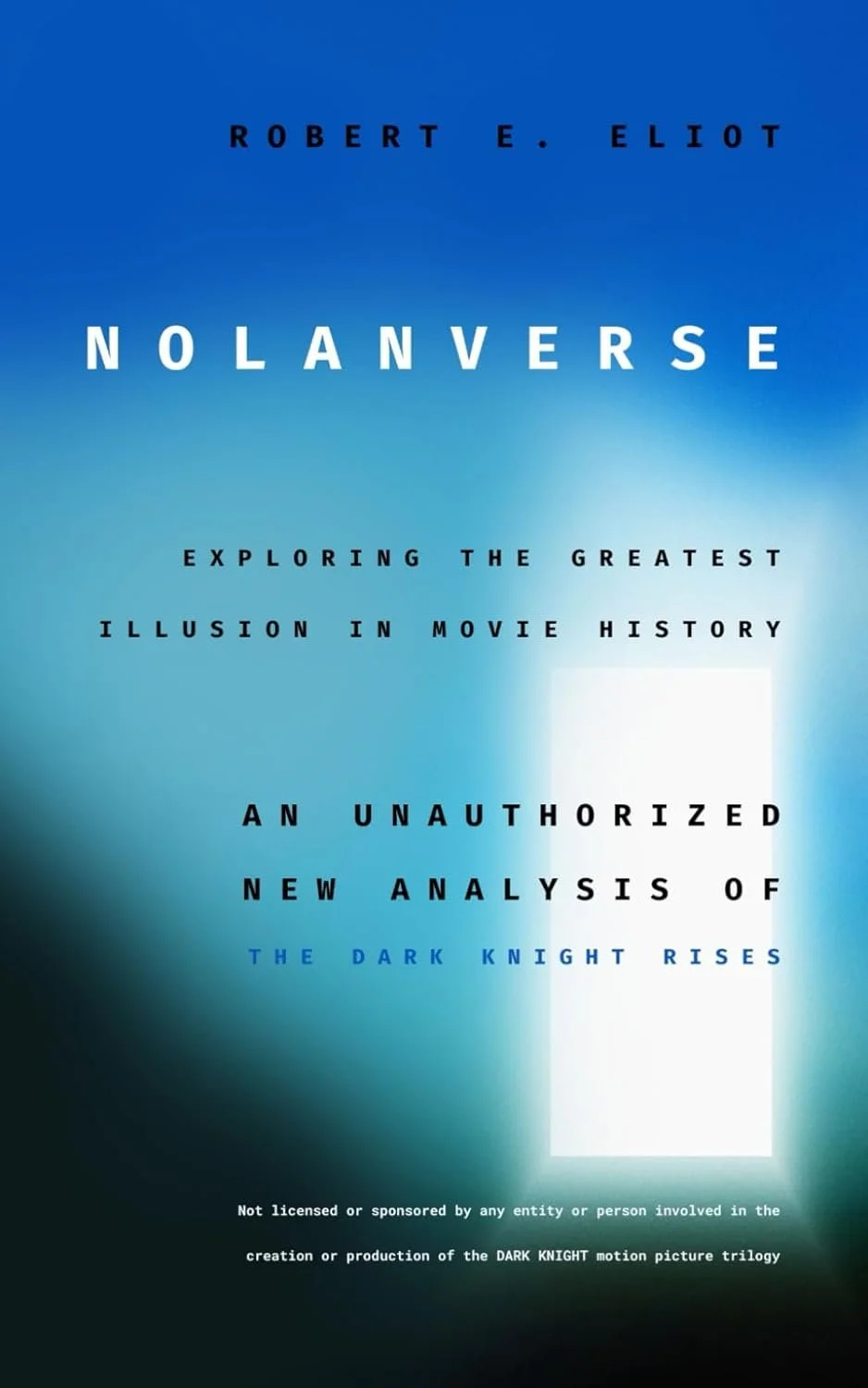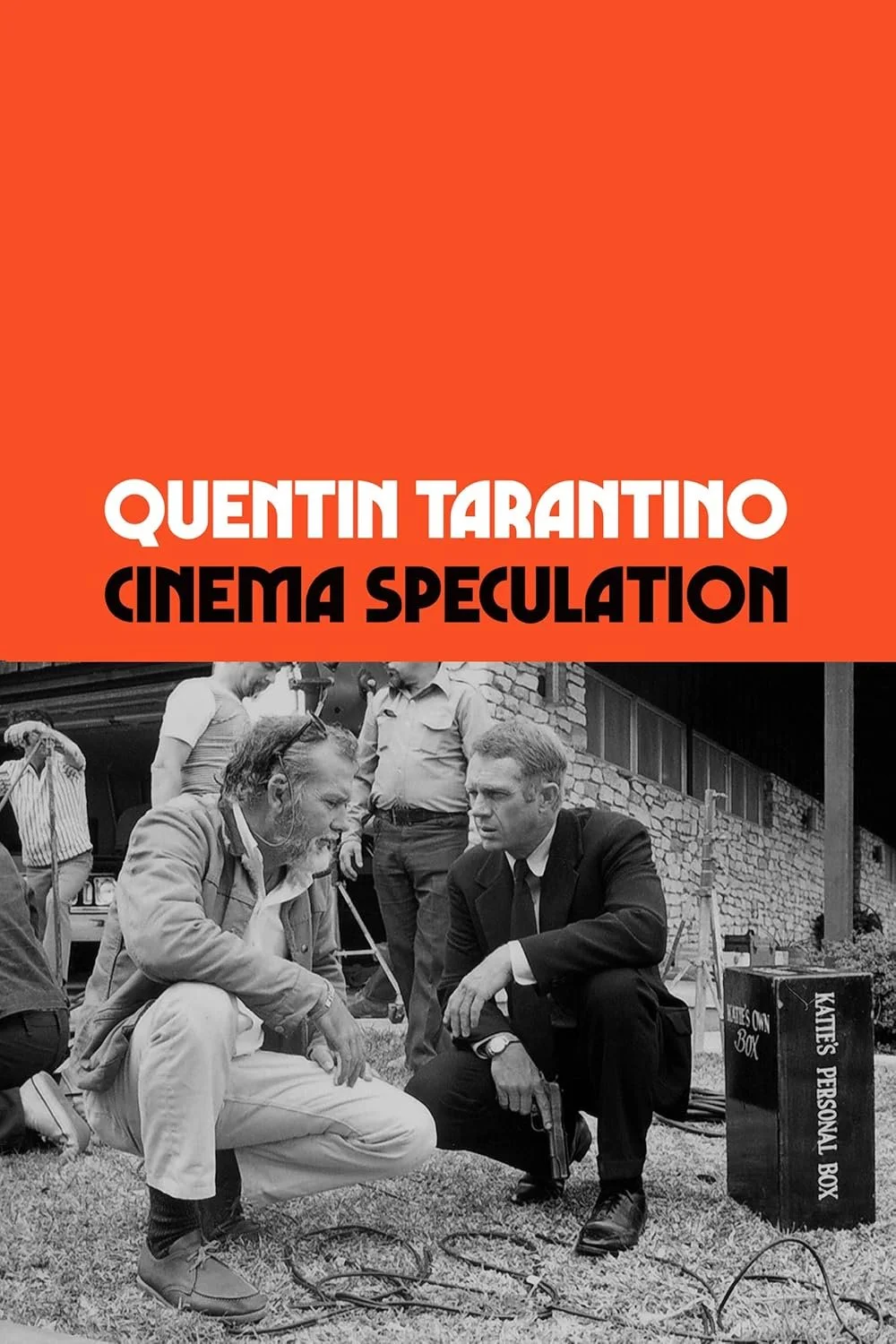Robert E. Eliot
Author Interview - Robert E. Eliot
Author of Nolanverse: Exploring the Greatest Illusion in Movie History
The Dark Knight Rises holds a distinguished place in twenty-first-century cinema as the monumental conclusion to Christopher Nolan’s Dark Knight trilogy. And as millions of moviegoers around the world know, one of the most glaring aspects of the film is the way that it concludes–with the type of sensational ending that seems engineered for generating plenty of discussion beyond the movie theater.
For too long, fans have had to live with a highly unsatisfactory explanation of that ending–an explanation that is content to simply twist facts to suit theories.
Nolanverse makes the case for a revolutionary new perspective that can truly account for every part of the intricate plot of Nolan’s iconic 2012 action blockbuster. As one eureka moment connects to another, readers will come to see that within the trilogy’s final installment lies the greatest whopper of an illusion that has ever been unleashed on the moviegoing public in the history of popular cinema.
Author Interview - Robert E. Eliot
Author I draw inspiration from:
I should mention that I am also the author of an equally groundbreaking nonfiction book offering a profoundly different perspective on the plot of Quentin Tarantino’s masterful film The Hateful Eight. As an author, Tarantino has not only written a very enjoyable nonfiction book called Cinema Speculation, but Titan Books also published his screenplay for The Hateful Eight.
As I worked to put together my analysis of Tarantino’s eighth film, it was interesting to pore through that screenplay. There are at least a couple important instances where it deviates from the motion picture, and I make a point of using them in my book as supporting evidence.
Author Interview - Robert E. Eliot | Author I Draw Inspiration From
The moment I knew I wanted to become an author:
The origins of my first book project Nolanverse go back to 2012, which was the year The Dark Knight Rises was released.
Whereas the first two entries in the trilogy wrap up in a straightforward fashion, Rises sees fit to close out the whole saga with two seemingly contradictory plot details. (Spoiler alert!) On the one hand, at the film’s climax, we see Christian Bale’s Batman piloting an aircraft with a deadly time bomb away from his city of Gotham, and then we witness a dramatic explosion erupting over the distant sea. And yet on the other hand, the film closes out with some startling imagery of Bruce Wayne, who is alive and well in Italy.
I remember that when Rises came out, people around me were eager to debate amongst themselves about the ending. And I remember that there generally tended to be two different conclusions that people tended to draw about the fate of the central character Batman in the film’s gripping climax—two general ways in which people attempted to explain the ending. But to make a long story short, neither of those conventional explanations is satisfactory, considering all of the facts at hand. My book starts from the premise that rather than limiting ourselves to two thoroughly unsatisfactory options, we need to strive to pursue a better way of explaining all of the plot details at our disposal. We have to find a better way of making sense of the seemingly contradictory events that close out the film. And that’s what I set out to do. My book makes the case for a revolutionary new perspective that opens up a complex and truly mind-bending new way of making sense of the overall plot of the film.
Hardback, paperback, ebook or audiobook:
Different readers have their own preferences as to format, so I’m glad to make my work available both in print and as an ebook. The great thing about the ebook format is that it allows readers to access my work instantly—and it’s often more affordable. That said, as a reader I personally find that a paperback copy tends to hold my attention over the long haul.
The last book I read:
I recently revisited The Science of Interstellar by the eminent theoretical physicist (and executive producer) Kip Thorne, who worked extensively as a key scientific advisor for Nolan’s intergalactic epic Interstellar. Make no mistake: That book was truly essential reading for me as I worked to formulate my overall argument in Nolanverse. Not only does it provide plenty of indispensable insight on certain relevant scientific topics, but it also provides an inside look at the timeline of the career of Christopher Nolan’s brother, Jonathan Nolan, who is the co-screenwriter of both 2014’s Interstellar and 2012’s Rises.
In my book, I pay close attention to the fact that Jonathan Nolan was hired as a screenwriter for Interstellar as early as 2007—and that he worked closely with Thorne at the California Institute of Technology. And with that in mind, I argue that we can reasonably conclude that Jonathan Nolan’s extensive early work on that particular film project is especially likely to have something to do with the solution to our “puzzle film” The Dark Knight Rises.
Author Interview - Robert E. Eliot | The Last Book I Read
Number one on my bucket list:
Honestly, I hope to see the day when somebody—either me or someone else—finds an opportunity to directly ask Christopher Nolan or Jonathan Nolan about the insights that I’ve gathered here. It’s important that either one of those screenwriters are eventually pressed to confirm or deny, either in whole or in part, whether my challenges to the conventional viewpoint are indeed on the mark. And I think that could very well happen at some point. And if and when it does, it could prompt a lot of fans of that classic franchise to become open-minded and to take another look at the plot details—with my book in one hand and the movie in the other hand. And certainly, if there are individuals working in the world of entertainment news who are willing to pay attention, this is an entertainment news story that is ready to be cracked open and shared more widely for all it’s worth. If I’m even partially right, then this is truly one of the most sensational things in the entire world of entertainment.
Anything else you'd like to add:
Whereas some may have simply set aside that whole trilogy as a mere fond relic of a bygone decade, my work shows that it’s imperative that we take another look—that there’s a whole lot more to discover. The Nolan brothers have constructed an ingenious narrative that is cleverly hidden in plain sight. And given the Dark Knight trilogy’s prominence as a mega-blockbuster franchise, and given all the years that have gone by since its premiere, we may have reason to assess that Nolan has pulled off perhaps the greatest whopper of an illusion in cinematic history. It’s a fascinating exploration, but it also raises serious, weighty questions about the film’s action-packed plot.
So many people have no idea what they’re missing in the final installment in one of the most monumental trilogies in popular cinema. It’s just a matter of who is willing to pay attention and take the time to take another look—and who is willing to start thinking and perceiving in a new way.
Find more from the author:
https://linktr.ee/nonfiction_US
https://www.amazon.com/author/robert-e-eliot
About Robert E. Eliot:
Author Interview with Robert E. Eliot
Robert E. Eliot is the author of Mi Negro Amigo: An Unauthorized New Analysis of Tarantino’s The Hateful Eight and Nolanverse: Exploring the Greatest Illusion in Movie History: An Unauthorized New Analysis of The Dark Knight Rises. He lives and works in the state of Washington and looks forward to writing additional nonfiction books in the future.








